CRT Responds to Floods; Downed Trees, After-Effects “We Are Here, and On the Way.”
At CRT, we are fortunate to have intimate experiences with disaster and disaster relief. This includes the deep bonds in the communities we serve: You know us, in many cases you volunteer with us, and work side-by-side. All this against the backdrop of a rapid response.
Such was the case in the recent high winds and flooding that brought down many trees in private and public land, particularly in Oregon coastal communities. From alerting people to the high wind advisories, to the immediate aftermath, and beyond, CRT was there, and we’re not going anywhere.
To begin with, our experience came in handy. We realized that many of these downed trees were exacerbated by the erosion that comes with wildfires. Drought conditions over the last few years brought soil ripe for flooding. Cap that with gusts of 70+ wind and you’ve got all the elements in place for falling trees. This was an opportunity to alert the community.
As for direct action, CRT leader Marc Brooks says that “Tree cleanups are underway, with more to come. Through strategic logistics, partnerships, and dedicated staff and volunteers we have been able to help residents and are set to focus on Lincoln next. In the other end of the arc, CRT’s Landscaping with Love provides trees for planting to replace downed trees. There will be a blog on that in the future.
But in the meantime, says Dawn Villaescusa of Landscaping with Love, they are loaning out chainsaws from their tool library for survivors to trim branches (Hint: Donations always accepted!) “I do know that downed trees are still a problem and are affecting some folks ability to plant new shrubs and trees and, in some cases, preventing folks from being able to rebuild.” She continued. It is, indeed, part of the cycle of hurdles that communities have gone through. Which brings up another point, one that draws on our experience in handling people post-crisis. Brooks says he is seeing what he calls “re-traumatization,” which describes fire and disaster victims getting flashbacks and panic attacks. Children of course are particularly vulnerable.
I remember one survivor telling me that even walking down the aisle at Home Depot and smelling wood would trigger trauma…now imagine that multiplied by falling trees, piercing winds, loss of power, and constantly monitoring alerts. Be aware of what you and your loved ones are going through. Places like our Grange in Otis provide supplies, and more importantly, shoulders to lean on. This is the humanitarian relief part of CRT’s mission at work. Nevertheless, a flood does not have to be a catastrophic event to bring high out-of-pocket costs.
Property owners should remember to:
▪ Buy Flood Insurance. Most standard homeowner policies do not cover flood damage. Flood insurance protects your investment and provides peace of mind. Talk to your insurance agent about the National Flood Insurance Program’s low-cost options.
▪ Prepare Now. Gather supplies in case of a storm, strengthen your home against damage, and review your insurance coverages. No flood insurance? Remember: it typically takes 30 days for a new flood insurance policy to go into effect, so get your policy now.
▪ Plan Ahead. Plan evacuation routes. Keep important papers in a safe, waterproof place. Conduct a home inventory; itemize and take pictures of possessions and the inside and outside of your home.
And of course…this goes without saying as most of you have been touched by crisis, but for all emergencies, call 911. Make sure there are no downed power lines in your vicinity. Assess immediate damage. Hopefully this helps with the first part of recovery. We’ll have more useful information on the way, and in the meantime, may you and your loved ones be safe!
